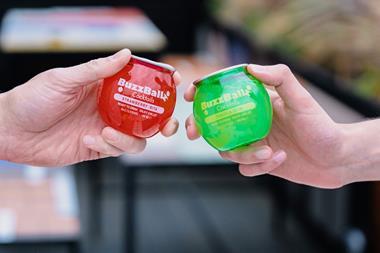There’s a piece in today’s Financial Times taking a look at how sale and leaseback deals have both helped and hindered UK businesses.
The next edition of The Grocer, too, will be taking a close look at sale and leaseback deals in our sector (great minds and all that). It’s made timely by the woes of care provider Southern Cross, which has laboured under the high rents charged for the homes it sold off.
In grocery, Tesco (as always) blazed the trail, generating billions via the arrangements and using the cash to build a retail empire over which the sun never sets. A key difference between Tesco and Southern Cross – and Woolworths, for that matter – is the punitive rises in rent the nursing home company was saddled with. Tesco, on the other hand, shielded itself with an array of caveats built into its leaseback deals – and was often able to simply buy back stores when the rental arrangements ceased to suit.
“Crucially, they’ve managed to retain a high degree of control of the assets, with strict conditions on how much rents can go up by,” confirms Chris Blair of Savills in the FT’s piece.
Having concluded a £5bn sale and leaseback programme last year, Tesco is now looking to export the model overseas. Closer to home, Sainsbury’s is also using sale and leaseback deals to free up cash.
As the FT notes, the clock may be ticking, with imminent changes to accounting rules set to make the model less attractive. Even in that scenario, you’d expect businesses as savvy as the major mults to find new ways of wringing maximum value from their bricks and mortar.



















No comments yet